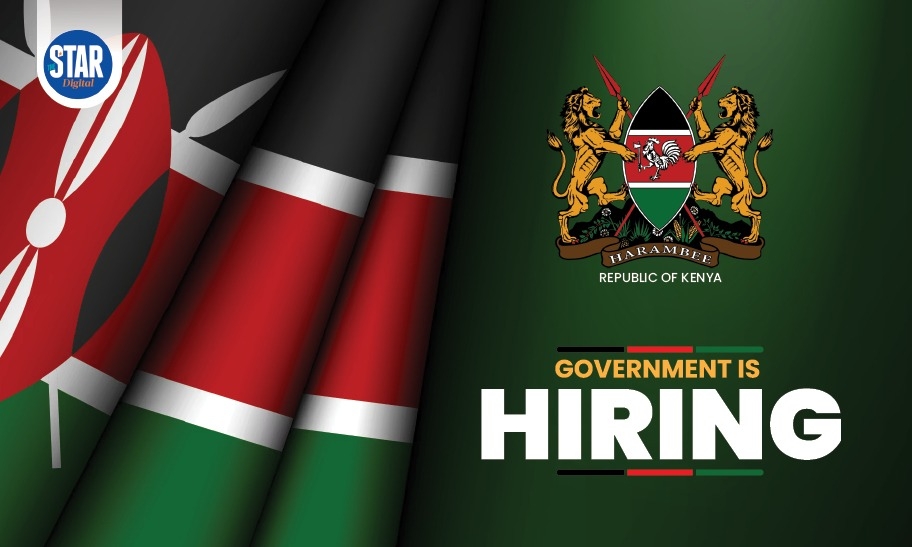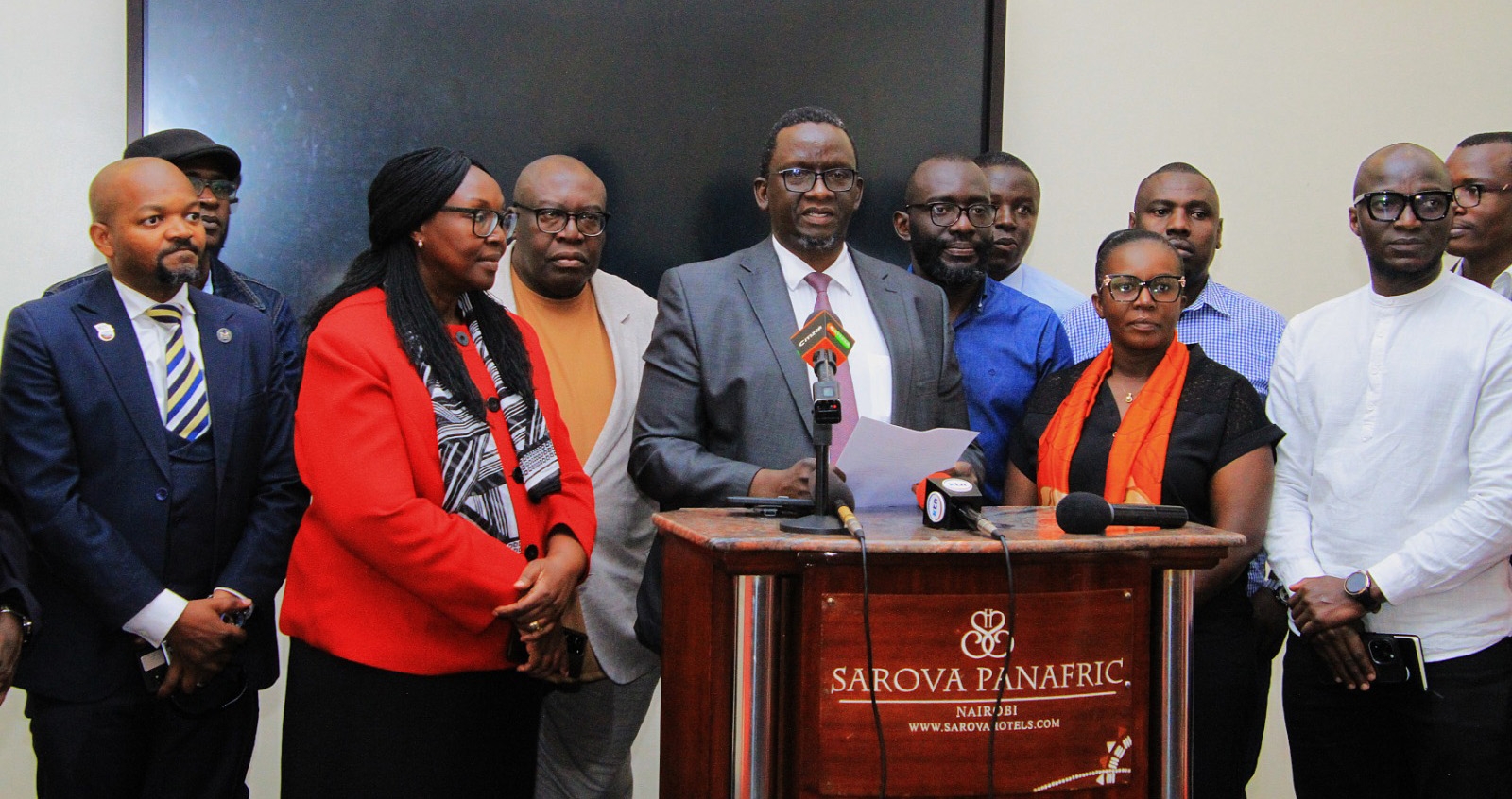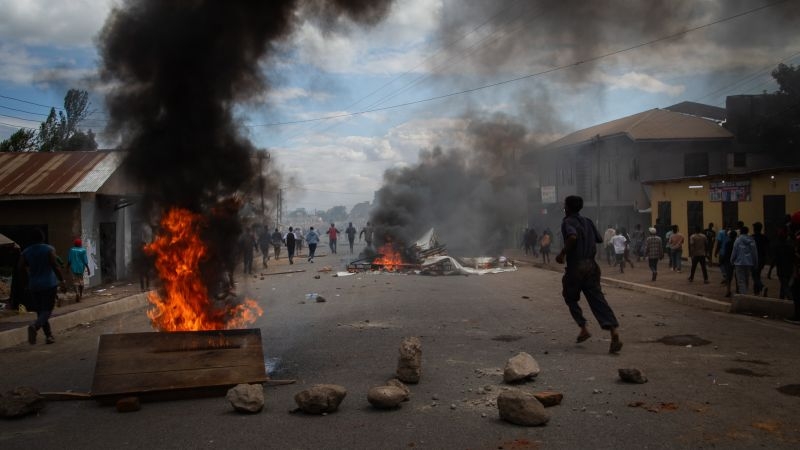
Kenyans should prepare for a hotter and drier December, with new regional and national forecasts warning of below-average rainfall and rising temperatures across much of the country.
The outlook, driven largely by a developing negative Indian Ocean Dipole and a possible La Niña, signals tough conditions for farming and water resources as the short rains weaken.
Kenya and much of the East African region are expected to experience drier-than-usual conditions in December, according to the latest weather forecast from the IGAD Climate Prediction and Applications Centre (ICPAC).
The seasonal outlook for December 2025 to February 2026 shows a high likelihood of suppressed rainfall over the equatorial and southern sectors of the region, stretching across Kenya, southern Uganda and most parts of Tanzania.
The forecast shows warmer-than-usual temperatures are also expected across much of East Africa, with only a few pockets in Ethiopia, Kenya and northeastern Somalia projected to record cooler conditions.
According to ICPAC, central to southern Kenya, southern Uganda, eastern and western Rwanda, most of Burundi and central to northern and southern Tanzania are likely to experience below-normal rainfall during the December–February period.
“Normal to cooler than normal temperature conditions may be recorded over parts of central Kenya and Ethiopia, northern Eritrea and Sudan’s coastal areas,” the update shows.
The Kenya Meteorological Department (KMD) rainfall outlook for the October–November–December (OND) 2025 short rains also shows most areas in the northeast, southeastern lowlands and the Coast are expected to receive below-average rainfall.
The South and Central Rift Valley, much of the Lake Victoria Basin, Nairobi county, parts of the highlands east of the Rift Valley, isolated areas in Kajiado, and western parts of Samburu and Marsabit are likely to receive near to below-average rainfall.
However, the highlands west of the Rift Valley and parts of the northwest may receive near to above-average rainfall.
Charles Mugah, from KMD attributed the expected dryness largely to the evolving Indian Ocean Dipole (IOD).
“The main driver of this outlook is the difference in sea surface temperatures between the eastern and western equatorial Indian Ocean,” he said.
“The IOD is developing into a negative phase and is expected to persist from September to November 2025 before returning to neutral in December. A negative IOD typically brings drier-than-normal conditions over East Africa, potentially suppressing rainfall during the short rains. The situation could be compounded by a possible La Niña.”
According to the World Meteorological Organization update issued on September 2, 2025, there is a 55 per cent chance of La Niña developing during September–November, increasing to 60 per cent in October–December.
“The Kenya Meteorological Department will continue to closely monitor ENSO conditions,” Mugah said, noting that rainfall distribution is likely to be uneven, with prolonged dry spells and isolated storms.
Temperatures are also expected to rise. “Warmer-than-average conditions will dominate most parts of the country,” KMD says.
“Only a few areas in the western sector may experience near to cooler-than-average temperatures, while central and eastern regions are likely to record notably warmer conditions.”
















